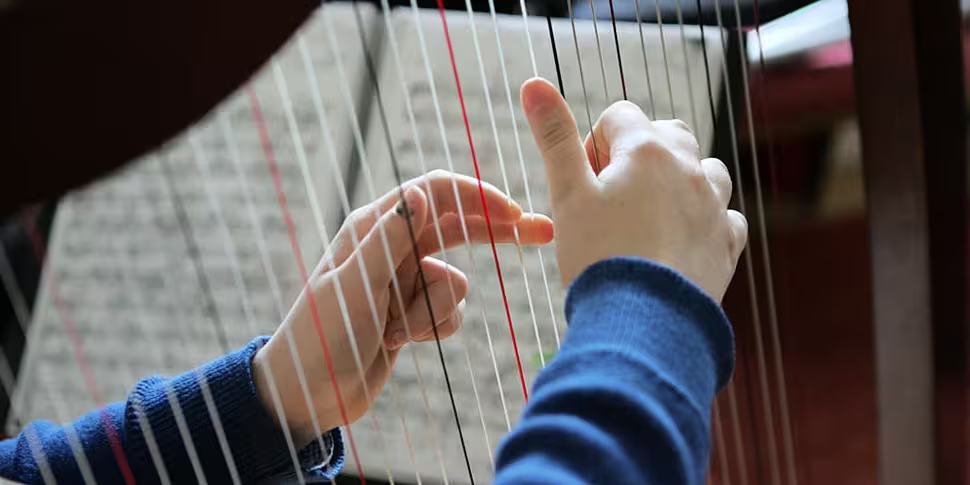Irish harping has been recognised by UNESCO as a significant cultural practice.
A UNESCO committee meeting in Bogota this week has voted to inscribe harping on the Representative List of Intangible Cultural Heritage of Humanity.
The list aims to "enhance visibility for the traditional practices and know-how of communities".
It was added alongside other practices such as Malaysian self-defence art Silat, Portugal's Carnival of Podence end of winter festivities, and a traditional Thai massage known as Nuad Thai.
Harping will join two other Irish cultural practices - uileann piping and hurling - which have previously been inscribed on the list.
Explaining the decision for harping's inclusion, UNESCO said the harp has been played for more than 1,000 years.
They said: "Contemporary gut-strung harpers have safeguarded the old repertoire and ensured its continuity while responding to evolving styles.
"There has been a major resurgence of interest in harp playing over the past 60 years thanks to a growing appreciation of the harp’s role in Irish culture, language and identity."
A special event was held at the National Gallery of Ireland today to mark the UNESCO decision.
#Harping this morning at @NGIreland where we are holding a special event with @cruiteireann to celebrate the inscription of this rich cultural heritage to UNESCO’s List of Intangible Cultural Heritage
The announcement was made at @UNESCO committee meeting in Colombia yesterday pic.twitter.com/f4BroihGMu— Tourism-Culture-Arts-Gaeltacht-Sport-Media (@DeptCulturelRL) December 13, 2019
Aibhlín McCrann, Chair of Cruit Éireann/Harp Ireland described it as an "emotional and historic day".
Culture Minister Josepha Madigan added: “This is a wonderful opportunity to share a cherished and central aspect of Irish cultural heritage with the international community."









